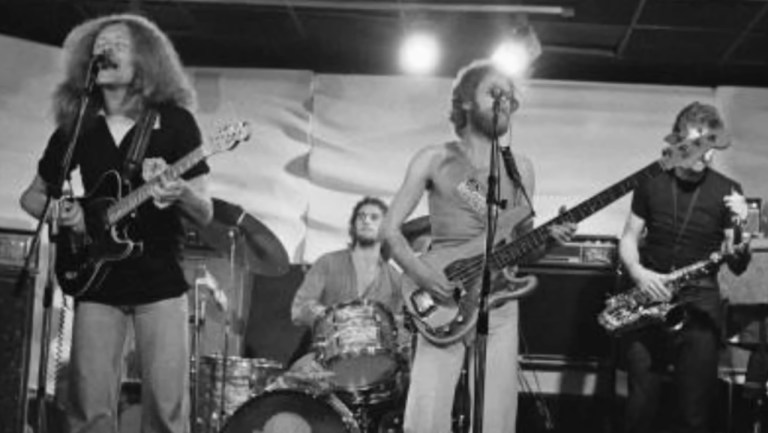How Wall Street in New York City Became Synonymous With Securities Trading, Banking, and Finance
Fact-focused newsletter 1440 explained how Wall Street in New York City became synonymous with securities trading, banking and finance by looking at the history behind the eight blocks that surround it in lower Manhattan.
When most people think of Wall Street they picture the country’s wealthiest or those chasing the American dream alternatively images of high finance come to mind…but what they leave out is how this eight block stretch became the world’s Banking and finance epicenter.
The origin of the street’s name is unclear and there’s some ugly history in that area. However, on May 17, 1792, stockbrokers signed the Buttonwood Agreement, a founding document that would later lead to the iconic New York Stock Exchange, at the corner of Wall and Broad Streets.
In 1792, 24 stock Brokers and Merchants gathered under a buttonwood tree on Wall Street to sign the Buttonwood Agreement. This agreement laid the groundwork for what would become the New York Stock Exchange or NYSE for short. Traders initially met outdoors and in coffee houses to conduct their business but by 1903 the New York Stock Exchange moved into its iconic building at the corner of Broad Street and Wall Street by the early 20th century.

While a number of financial and banking companies moved off of Wall Street in the 21st century, the name still is recognizable worldwide.
Even though many banks have left and trading is done digitally the influence of Wall Street remains. It’s not just a place – It’s a symbol of global finance, power, and ambition.






